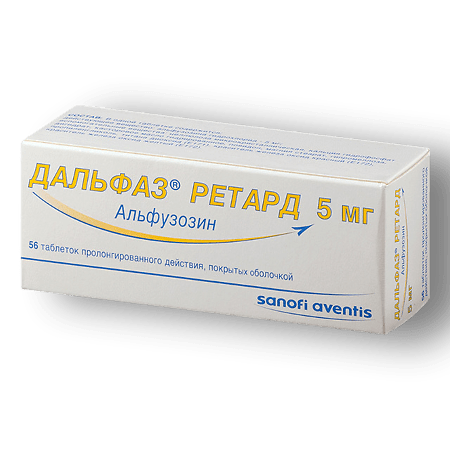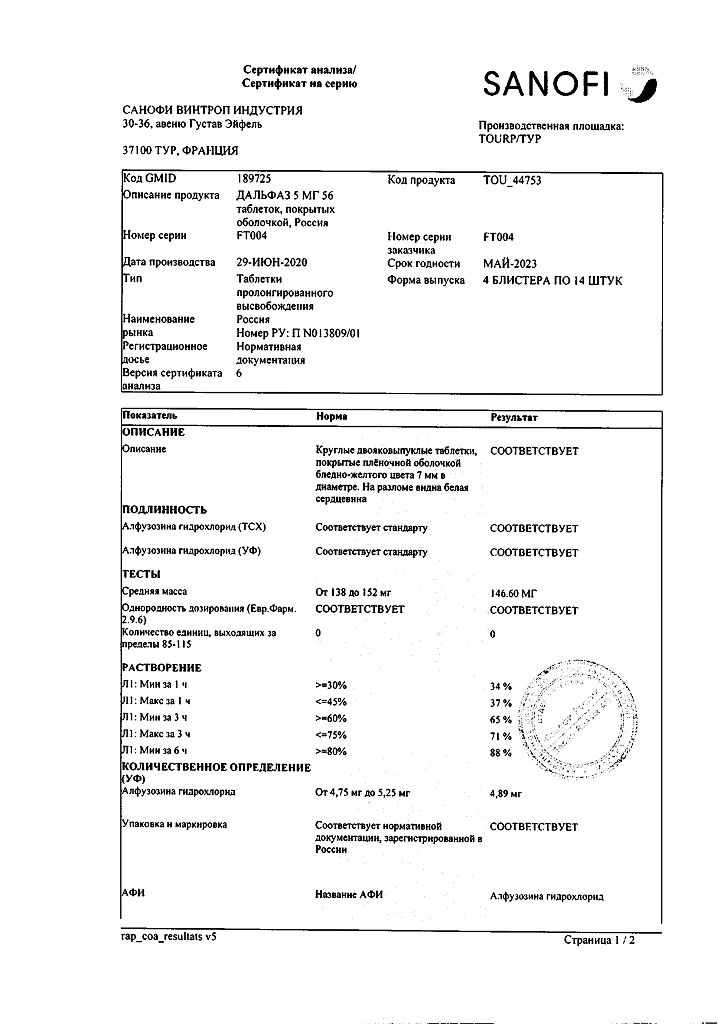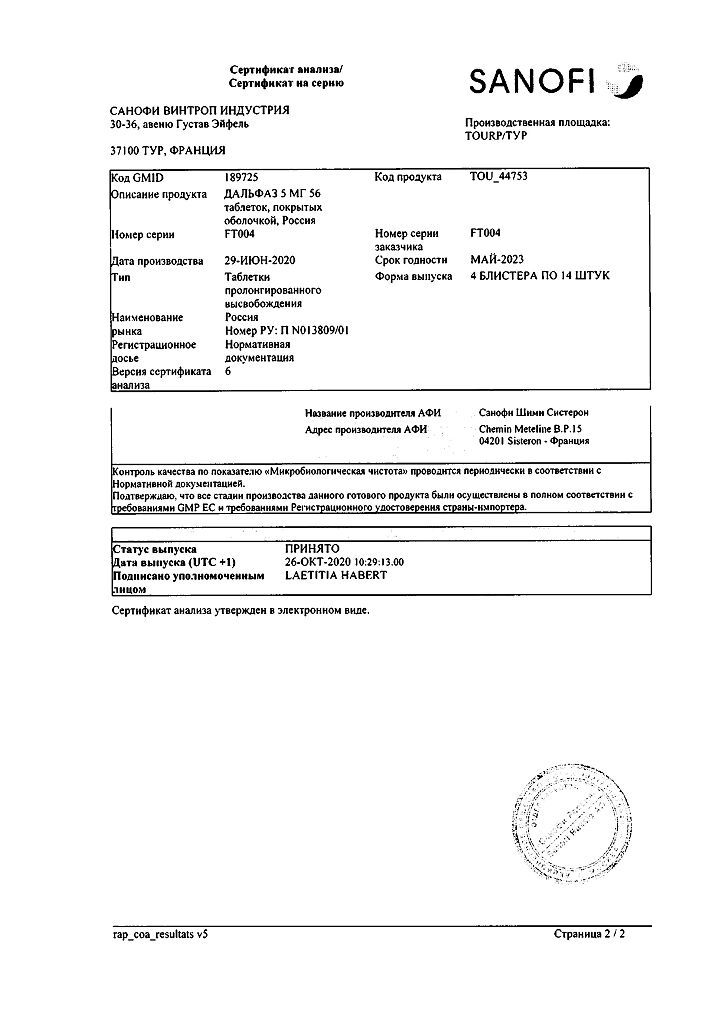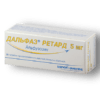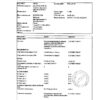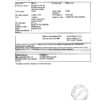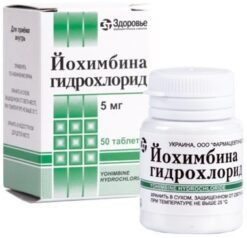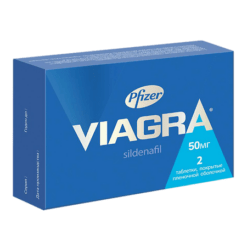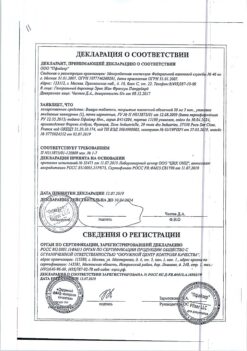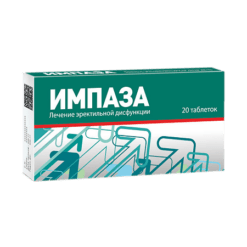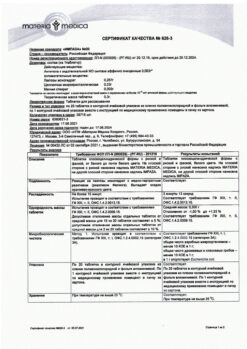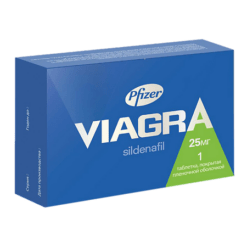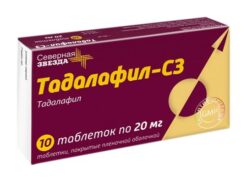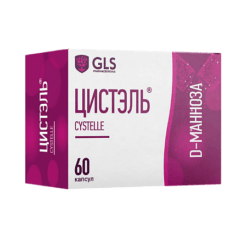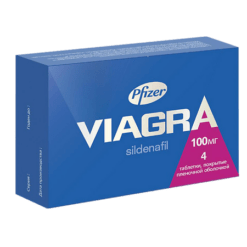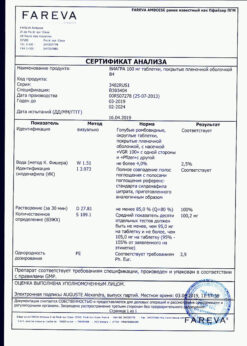No products in the cart.
Dalfaz retard, 5 mg 56 pcs
€16.25 €14.09
Description
Pharmacodynamics
Alfuzosin is a quinazoline derivative active when administered orally
It is a selective antagonist of postsynaptic alpha-1-adrenoreceptors with a peripheral site of action.
In vitro pharmacological tests have demonstrated the selective action of alfuzosin on alpha-1-adrenoceptors located in the prostate gland, in the bladder triangle and in the prostatic part of the urethra.
As a result of direct action on the smooth muscle of prostate tissue, alpha-1 -adrenoblockers reduce resistance to urine flow.
Alfuzosin improves excretion parameters by reducing urethral tone and resistance to outflow from the bladder, and facilitates bladder emptying.
Placebo-controlled trials of alfuzosin in patients with benign prostatic hypertrophy found:
- Significant increase in maximum flow rate (Qmax) by an average of 30% in patients with Qmax ≤15 ml/sec. This improvement was observed beginning with the first dose.
- Significant decrease in resistance to urine flow and increase in urine excreted volume, causing a urge to urinate.
- Significant decrease in residual urine volume.
Pharmacokinetics:
The maximum plasma concentration is reached approximately 3 hours after oral administration.
Binding of alfuzosin hydrochloride with plasma proteins is about 90%.
The half-life of the drug is 8 hours.
The bioavailability of retard tablets is about 15% less compared to 2.5 mg of alfuzosin. Food intake has no effect on absorption of the active ingredient.
Alfuzosin is metabolized mainly in the liver, only 11% is excreted unchanged in the urine. Most metabolites (which have no activity) are excreted with feces (75-91%).
In persons older than 75 years, absorption is faster and maximum concentrations and bioavailability are higher. The volume of distribution is reduced. The elimination half-life does not change.
The pharmacokinetic profile of alfuzosin does not change when the drug is taken with food.
The volume of distribution and clearance of alfuzosin are increased in renal failure, both with and without dialysis. There is no need for dosage modification in patients with impaired renal function and with creatinine clearance > 30 ml/min.
In patients with severe hepatic insufficiency, the elimination half-life is prolonged.
Bioavailability, compared with healthy volunteers, is increased.
Pharmacokinetic profile of alfuzosin does not change in chronic heart failure.
Indications
Indications
Treatment of functional symptoms of benign prostatic hyperplasia.
Active ingredient
Active ingredient
Composition
Composition
How to take, the dosage
How to take, the dosage
Over the mouth, swallowed whole with about 1 glass of water, 1 tablet (5 mg) 2 times a day (morning and evening).
Adults: Recommended dose is 1 tablet (5 mg) 2 times daily (morning and evening).
Patients who are elderly and/or patients with arterial hypertension receiving hypotensive agents
As a precaution, when prescribing alfuzosin to these categories of patients, it is recommended that treatment begin with 1 tablet (5 mg) in the evening, increasing the dose according to clinical response, but not exceeding the dose of 1 tablet 2 times daily.
Patients with renal impairment
There is no need to adjust the dosing regimen if creatinine Cl over 30 ml/min.
Patients with hepatic impairment
The prolongation of T1/2 of the drug and the possibility of increasing its bioavailability must be considered, so treatment should be started with a dose of 2.5 mg once daily, which may be increased depending on clinical response, but should not exceed 2.5 mg twice daily.
The tablets should not be crushed, chewed, crushed, or crushed to a powdered state, since disruption of the tablet structure may lead to accelerated absorption of the active ingredient, which may contribute to the development of side effects.
Interaction
Interaction
In concomitant use of Dalfaz with calcium channel blockers the risk of arterial (including orthostatic) hypotension and collapse increases.
In concomitant use of Dalfaz with agents for general anesthesia it is likely to develop BP instability during anesthesia.
No clinically significant interaction of Dalfaz with warfarin, digoxin, hydrochlorothiazide, atenololol has been noted.
Special Instructions
Special Instructions
In some individuals, especially patients receiving hypotensive medications, orthostatic hypotension with or without clinical symptoms (dizziness, sharp weakness, cold sweats) may occur within hours after alfuzosin administration (as after other alpha1 adreno-blockers).
Orthostatic hypotension is usually transient and usually occurs at the start of therapy and usually does not require treatment withdrawal.
If this occurs, the patient should be in a horizontal position until the symptoms disappear. Patients should be advised of the possibility of these events before starting treatment.
Patients with orthostatic hypotension with clinical symptoms, patients with a history of significant hypotensive response in response to other alpha1-adreno-blockers should be cautioned when prescribing alfuzosin – closer BP control is necessary, including when going horizontal.When going from horizontal to vertical position, especially at the beginning of treatment.
In patients with CHD, antianginal therapy should continue. If angina recurs or worsens, treatment with alfuzosin should be discontinued.
Impact on the ability to drive and operate machinery.Especially at the beginning of treatment, the possibility of dizziness and asthenia should be taken into account, which may affect the ability to drive and operate machinery.
Contraindications
Contraindications
With caution:
Side effects
Side effects
CNS and mental disorders: often – weakness, dizziness, feeling of general discomfort, headache; infrequent – somnolence, cerebral ischemia (in patients with ischemic brain disease).
Visual organs: infrequent – visual impairment.
System effects: often – hypotension (orthostatic); infrequent – tachycardia, palpitations, syncope; very rare – angina in patients with CHD, atrial fibrillation.
Respiratory system disorders: infrequent – rhinitis.
Gastrointestinal disorders: frequently – nausea, abdominal pain, diarrhea, dry mouth; very rarely – damage to hepatocytes, liver disease with cholestasis.
Skin and allergic reactions: infrequent – rash, itching; very rare – urticaria, angioedema.
The whole body: often – asthenia; infrequent – skin hyperemia, edema, pain in the chest; very rare – priapism.
Overdose
Overdose
Symptoms: arterial hypotension, reflex tachycardia.
Treatment: hospitalization of the patient, continuous BP monitoring. In case of BP decrease it is recommended to administer vasoconstrictors and plasma substitutes (to increase the blood pressure). After recovery of BP (elimination of hypotension) BP monitoring shall be carried out for at least one more day.
Hemodialysis is not effective (because of the high degree of binding of alfuzosin to plasma proteins).
Similarities
Similarities
Additional information
| Weight | 0.022 kg |
|---|---|
| Shelf life | 3 years. |
| Conditions of storage | The drug should be stored in a cool, dry place. |
| Manufacturer | Sanofi Winthrop Industry, France |
| Medication form | slow-release tablets |
| Brand | Sanofi Winthrop Industry |
Related products
Buy Dalfaz retard, 5 mg 56 pcs with delivery to USA, UK, Europe and over 120 other countries.

